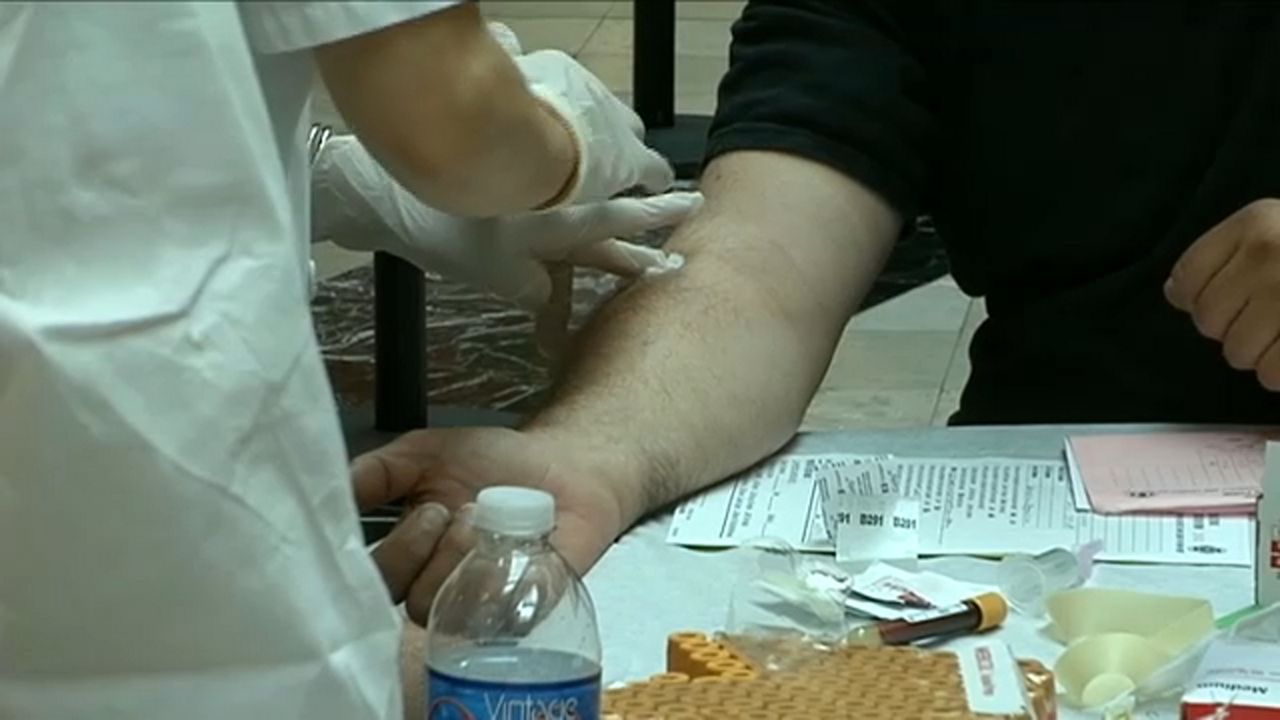The American Cancer Society says the number of Americans dying of cancer continues to drop.
Cancer deaths are down another two percent. From its peak in 1991, the cancer death rate has fallen 26 percent.
On top of advances in early detection and treatment, experts say the most important factor contributing to this steady decline in cancer deaths is reductions in smoking. Less people are smoking, more are quitting and increasing their survival odds.
The overall drop in deaths is due mainly to better survival among lung, breast, prostate and colorectal cancer patients.
There was a 52 percent drop in prostate cancer deaths between 1993 and 2015, the latest numbers available.
However there is some concern that trend may change since routine screening with the PSA blood test is no longer required. Currently, fewer cases of prostate cancer are being detected.
There was also a 52 percent drop in colorectal cancer deaths from 1970 to 2015, but in the last decade or so, there has been a steady increase in the death rate among people younger than 55.
And while cancer deaths continue to decline among all ethnic groups, gaping disparities still exist. Among black Americans, cancer mortality is 14 percent higher than it is among whites.
The cancer death rate is lowest among Asian Americans.
Officials with the American Cancer Society say more research is needed to bring down the death rate and detection of ovarian cancer, which accounts for 2.5 percent of all cancer cases, but 5 percent of cancer deaths among women.
A little more than one in three Americans will be diagnosed with cancer in their lifetime, but survival odds continue to improve.
To lower risk, don't smoke, exercise regularly and try and eat a balanced diet that is high in fiber.



